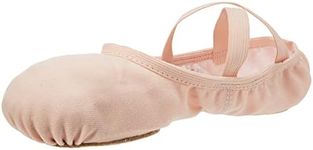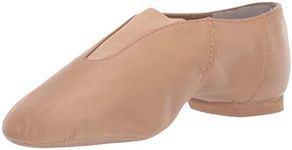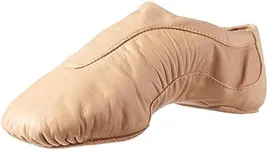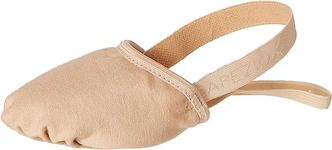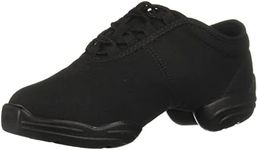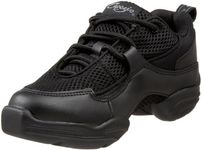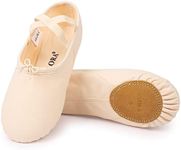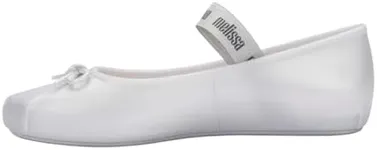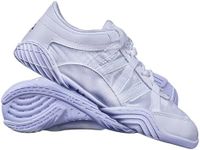Buying Guide for the Best Cardio Dance Shoes
Choosing the right cardio dance shoes is essential for both comfort and performance. The right pair can help you move more freely, prevent injuries, and enhance your overall experience. When selecting cardio dance shoes, consider the following key specifications to ensure you find the best fit for your needs.Fit and ComfortFit and comfort are crucial because you'll be moving a lot during cardio dance sessions. Shoes that are too tight can cause blisters and discomfort, while shoes that are too loose can lead to instability and potential injuries. Look for shoes that fit snugly but not too tight, with enough room to wiggle your toes. Try them on with the type of socks you plan to wear during your workouts to ensure the best fit.
Support and CushioningSupport and cushioning are important to protect your feet and joints from the impact of dancing. Good arch support helps maintain proper alignment and reduces the risk of injuries. Cushioning absorbs shock and provides comfort during high-impact moves. If you have flat feet, look for shoes with extra arch support. If you have high arches, choose shoes with ample cushioning.
FlexibilityFlexibility in the sole of the shoe allows for a greater range of motion, which is essential for dance movements. A flexible shoe will enable you to point and flex your feet easily. Test the flexibility by bending the shoe; it should bend at the ball of the foot, not the arch. If you perform a lot of intricate footwork, prioritize flexibility.
BreathabilityBreathability is important to keep your feet cool and dry during intense workouts. Shoes made with mesh or other breathable materials allow air to circulate, preventing excessive sweating and reducing the risk of blisters. If you tend to have sweaty feet, prioritize shoes with good ventilation.
TractionTraction ensures you have a good grip on the dance floor, preventing slips and falls. The sole should provide enough grip to keep you stable but also allow for smooth pivots and turns. Look for shoes with a non-marking rubber sole that offers a balance between grip and glide. If you dance on different surfaces, consider shoes with versatile traction.
WeightThe weight of the shoe can affect your performance. Lighter shoes allow for quicker movements and less fatigue, which is beneficial for high-energy dance routines. However, they should still provide adequate support and cushioning. If you prefer a more agile feel, opt for lighter shoes. If you need more support, you might need to compromise slightly on weight.
DurabilityDurability is important to ensure your shoes last through many dance sessions. High-quality materials and construction will withstand the wear and tear of frequent use. Check for reinforced stitching and durable materials, especially in high-stress areas like the toe and heel. If you dance frequently, invest in a pair that is known for its durability.
